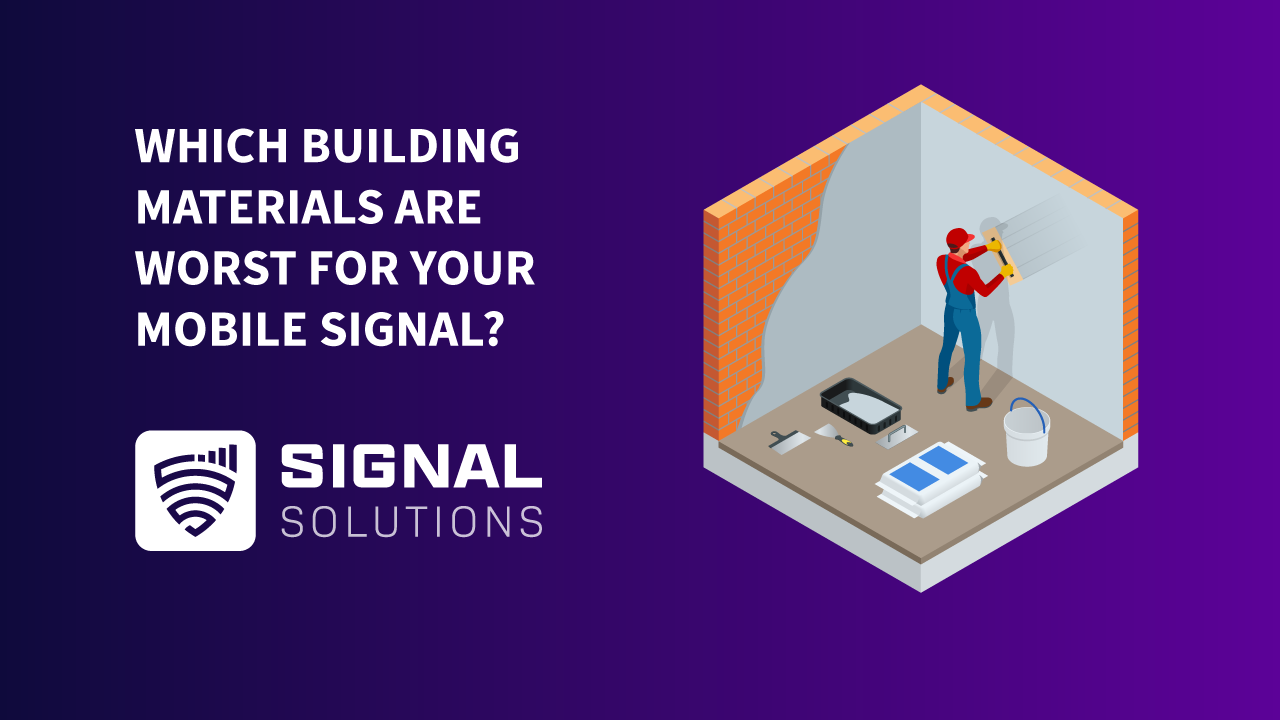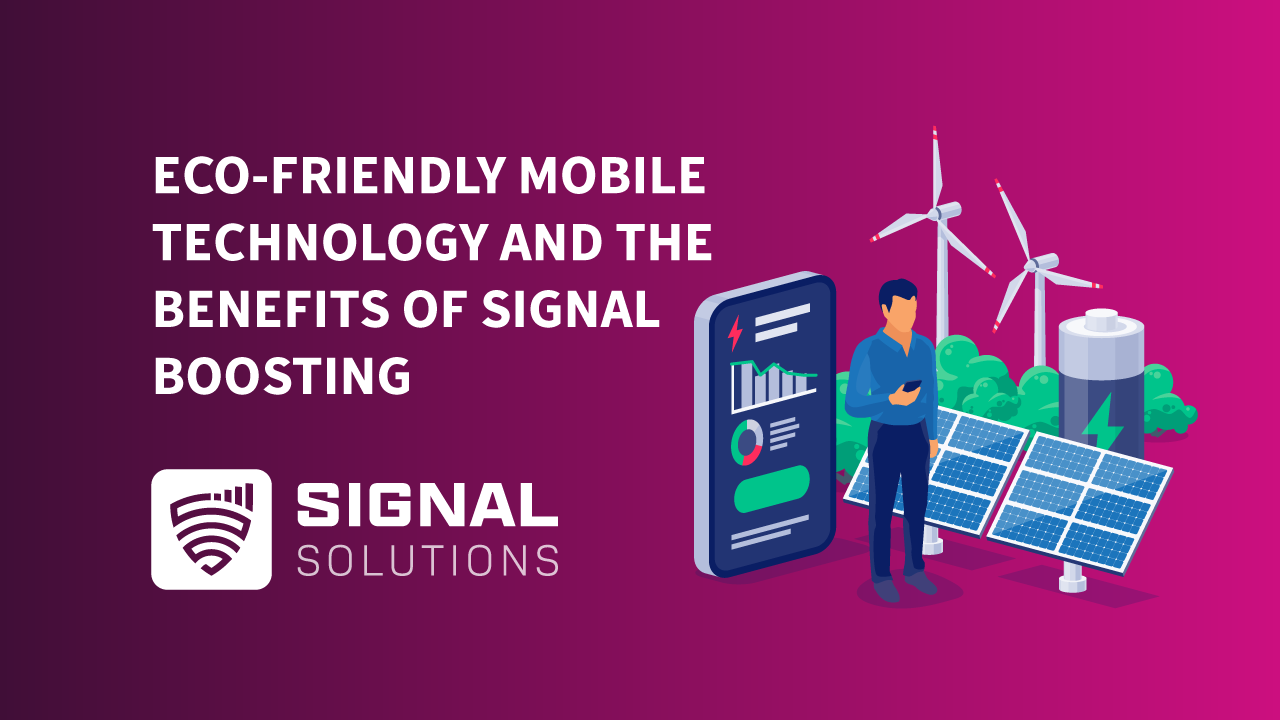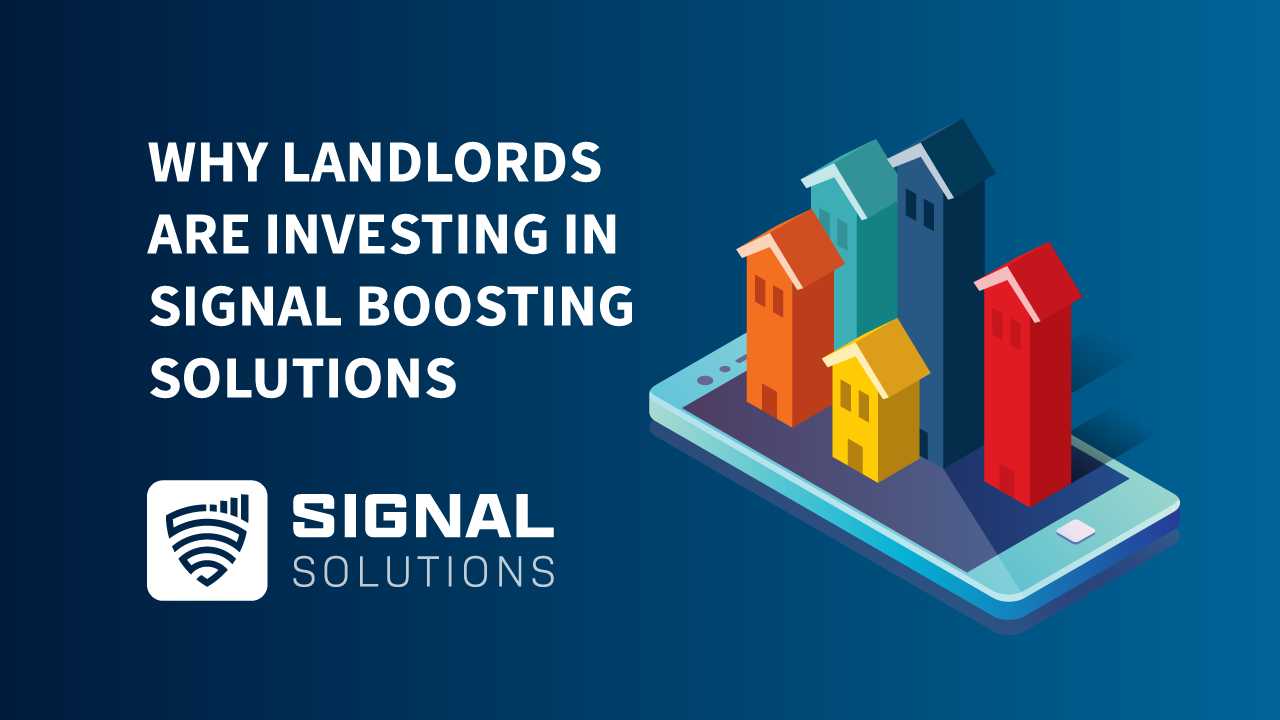Sick of wandering around your building, trying to find enough signal to make a quick call? The problem might be closer than you think.
You’re uneasy. Uncomfortable. You feel a little bit incomplete. Why? You can’t get enough mobile signal to send an important message or make a call.
Recognise that feeling? Sure, it sounds strange, but – ironically – it’s the reality of living in the twenty-first century for some.
That’s because some modern building materials reduce mobile signal to the point that, wherever you are in the building, you just aren’t going to be able to connect to the rest of the world.
Keep reading to find out which common materials are the worst offenders and discover the solution that means you don’t have to bulldoze your building and start again just to get a patch of signal.
Plasterboard blocks mobile signal
Probably the least disruptive of the materials we’re looking at here, plasterboard will still cause interference to an already-weakened signal. A single plasterboard wall in an otherwise open plan space shouldn’t cause too much trouble, but if the room’s fully-enclosed and every wall is plasterboard, you’re more likely to have a problem.
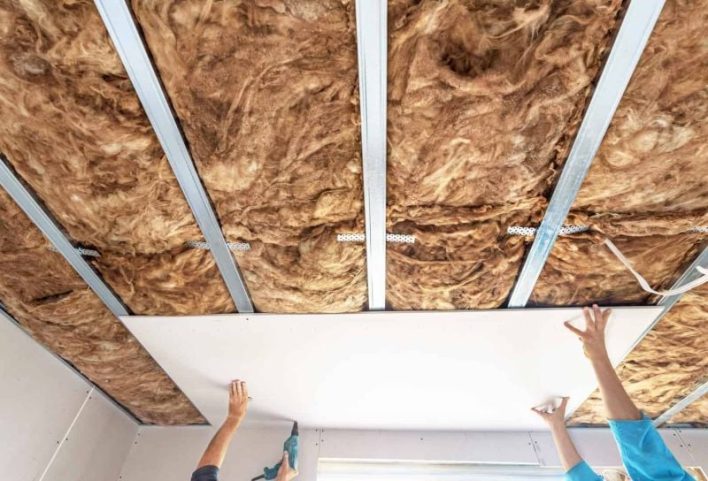
Bad for signal: Fibreglass insulation
It’s porous and lightweight so you’d think that’d mean it wouldn’t cause much of a problem. Thing is, fibreglass insulation tends to be installed in thick layers to – you know – do their insulation thing. But those thick layers aren’t good news for wireless signals.
The disruptive effect is worse if the building’s insulated with a foil-faced product, which is sometimes applied to fibreglass batting (and solid foam insulation too). These building materials reduce mobile signal by as much as -2db, which is pretty significant.

Mobile signal blocker #3: Glass
If it’s so easy to see through glass then it should be easy enough for mobile signal to penetrate it too, right? Wrong! While a glass window will let in all the light you want, it’ll happily throw a spanner in the works when it comes to mobile signal.
The more panes in a window unit, the more interference you’ll suffer. It makes sense, then, that double- or triple-glazed windows are worse for blocking signal than single-glazing. And what’s more irritating, the more modern glass building materials reduce mobile signal even more.
The “low-E” coatings that work to reduce emissions in many modern windows actually deflect even more signal, with as much fluctuation as -4db from one single window. So keep the windows open if you’re trying to stay connected to the rest of the world!
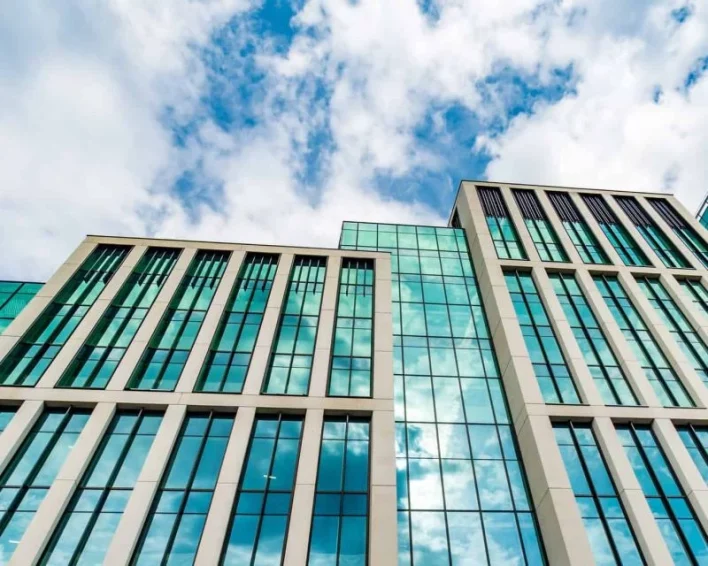
Wireless woes: Wood
If that was cause for concern, it’s nothing compared to what wood can do. Wooden building materials reduce mobile signal even more, and they’re also used in many sorts of construction; both commercial and residential.
Plywood, in particular, can soak up radio waves and reduce mobile signal by -6 to -9db. The composition and thickness of the plywood will determine just how much interference it’ll cause, and it’s the same case with natural woods.
Softwoods, like pine, in thin sheets will interfere the least, while thicker, denser woods can cause losses ranging from -5 to -12db. And while you might not find much wood in the outer structure of a building these days, you will find it in a lot of flooring.
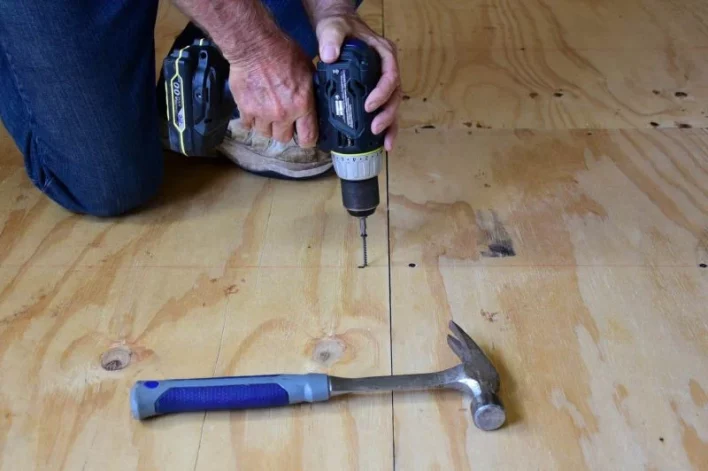
Good for longevity, bad for mobile signal: Masonry
There’s a reason why masonry has been used in construction for centuries. Stone, brick and tile are extremely durable. They stand up to the elements. They’re strong. But they’re also rather good at getting in the way of mobile signal.
Like wood, the thickness and composition of a masonry wall will affect the attenuation of mobile signal, but rough guides suggest that a standard wall can cause up to -28db. Pretty serious then.
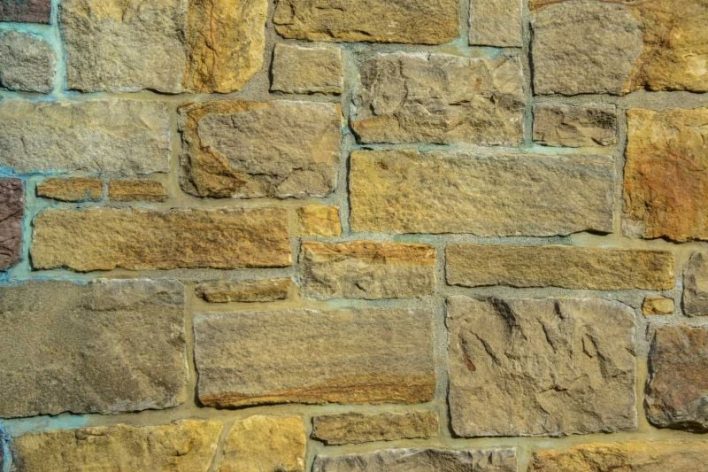
And the big one: Metal
Thought masonry’s sorcery sounded bad enough? Metal’s the really big, bad one. The champion, if you will. The king of blocking signal. Any metal sheathing on a building’s exterior will deflect signals away like there’s no tomorrow.
And metal elements within the building – like metal studs, for example – can have the same effect, with as much attenuation as -50db. Creating a complete not-spot, in other words.
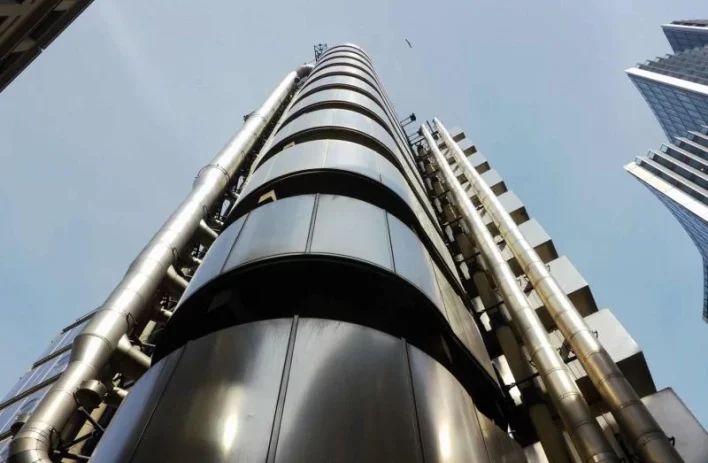
How do you solve a problem like poor mobile signal?
There you have it; modern building materials reduce mobile signal. And while some are nastier than others, the likelihood is that they’re all here to stay. Because of these materials’ effectiveness in creating spaces that keep people warm and cosy, while also meeting green standards, mobile signal becomes less of a priority. It’s the simple reason that mobile signal inside isn’t getting any better.
But there is a solution. With a 100% legal mobile signal booster, you can get round the problem that modern materials create and stay connected to the rest of the world.
We use Nextivity CEL-FI technology to get you plenty of signal, by placing a booster in an area where mobile signal is strong, so it can be directed to a coverage unit, which we’ll put inside your building. It boosts your signal without the need for an internet connection.
Reversing the state of your mobile signal inside is simple with a Signal Solutions mobile signal booster, so call 020 3823 7365 if you’d like to know more.

